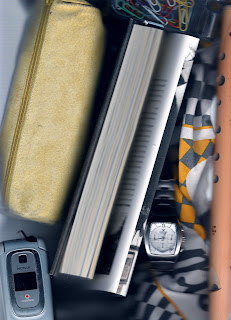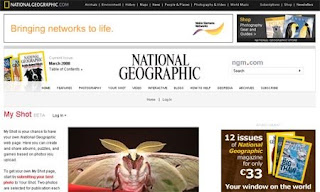PORTRAITS IN HIGH KEY The high key photography can be defined as one in which there are no soft black and white but gray, if the picture is in black and white;
or has very soft tones and colors and "faded" if the picture is in color.
The high key is typically used when you want soft and charming portraits, is widely used in portraits of women or children.
The first thing you need is an image with good focus and lighting of the main subject and background, if possible of course ... and so the effect will be better ... Open the ps
:
1 .- Once we open the picture to change the mode to Lab color ... to do so go to Image>> Mode> Lab Color
2 .- Then we to the channel window and choose the channel lighting. the rest will deselect. 3 .-
once elected the illumination channel, we now spend our image to b & n.. We are going to image>> mode> grayscale. (There are many ways and better ways to spend a b & w, but this is faster and in this case we had better)
4 .- When asked to discard the other channels ok ... we give
5 .- Well now let's apply a curves adjustment layer .. We are going to layers>> new adjustment layer> curves .. 6 .- will
some parameters about 15 input / 8 output.
7 .- Now let's apply a Levels adjustment layer .. We are going to Layers>> new adjustment layer> levels ...
8 .- Here's values \u200b\u200bought to taste and then adjust according to you go previewing the image, as each photo requires specific values. In this picture, I used the following: input: 52, 1.80, 223 Output: 0; 255
And here I leave the result.
By the way, say that the girl in the picture makes me !!!!!!!! loocoooooo BEFORE
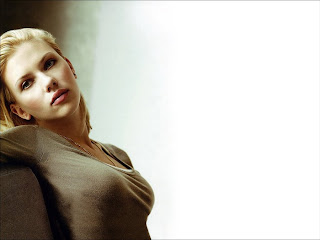
AFTER
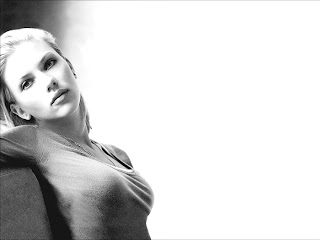
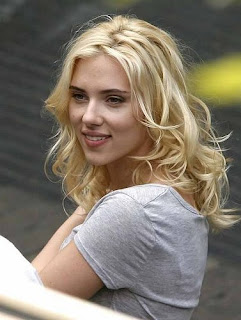
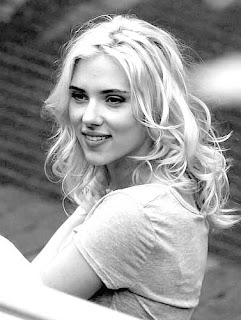
Hope you liked it. and will you tell me .... greetings to everyone!!




